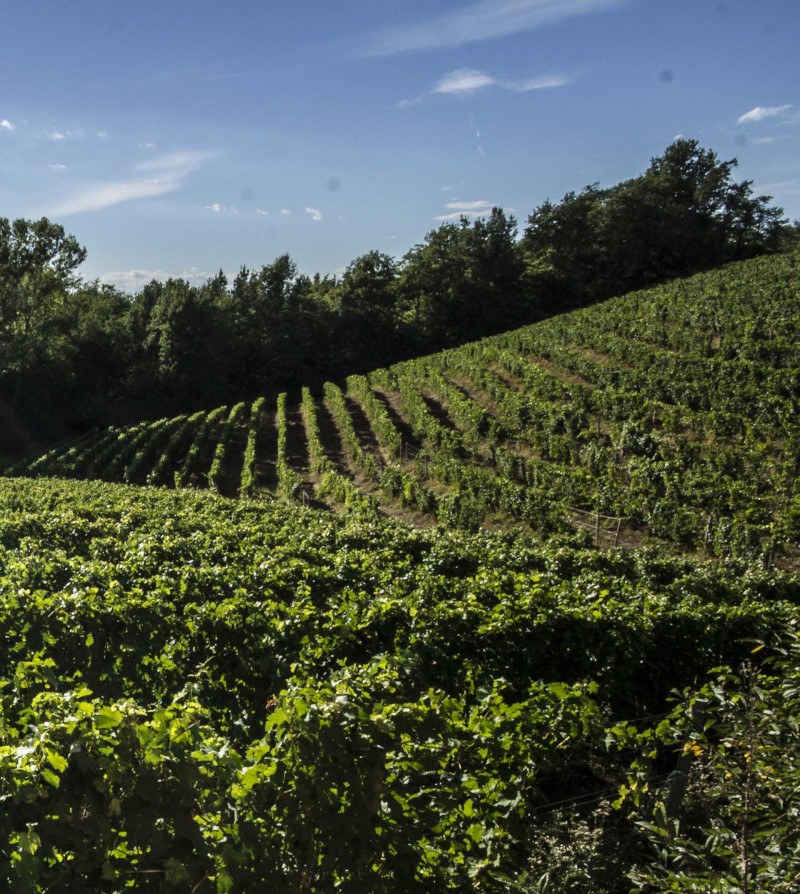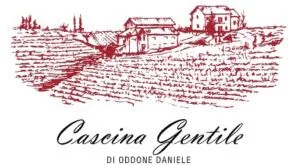Today it’s me, Daniele Oddone, who is in charge of the winery. I have personally followed all the stages of vinification and processes since 2009, at the end of my studies at the Alba School of Oenology.
As soon as I arrived back in the winery I decided to switch to organic farming in the vineyards, out of ethics and to safeguard the health of the family and workers. As we live in the middle of the vineyards and work there every day it was a logical consequence.
During the first few years I restructured the cellar to make it more modern and functional. During this time I looked into distribution channels and expanded the range of labels.
In 2014 due to an encounter, I changed the winery’s production and I started managing vineyards in the Colli Tortonesi. In 2015 the first grapes of Derthona Timorasso arrived. Today I have 11 hectares of vineyard, produce 35000 bottles and still sell a portion of grapes with the goal of eventually vinifying and bottling the entire production!
Today I’m president of the Consorzio di Tutela dell’Ovada Docg and provincial representative of FIVI.
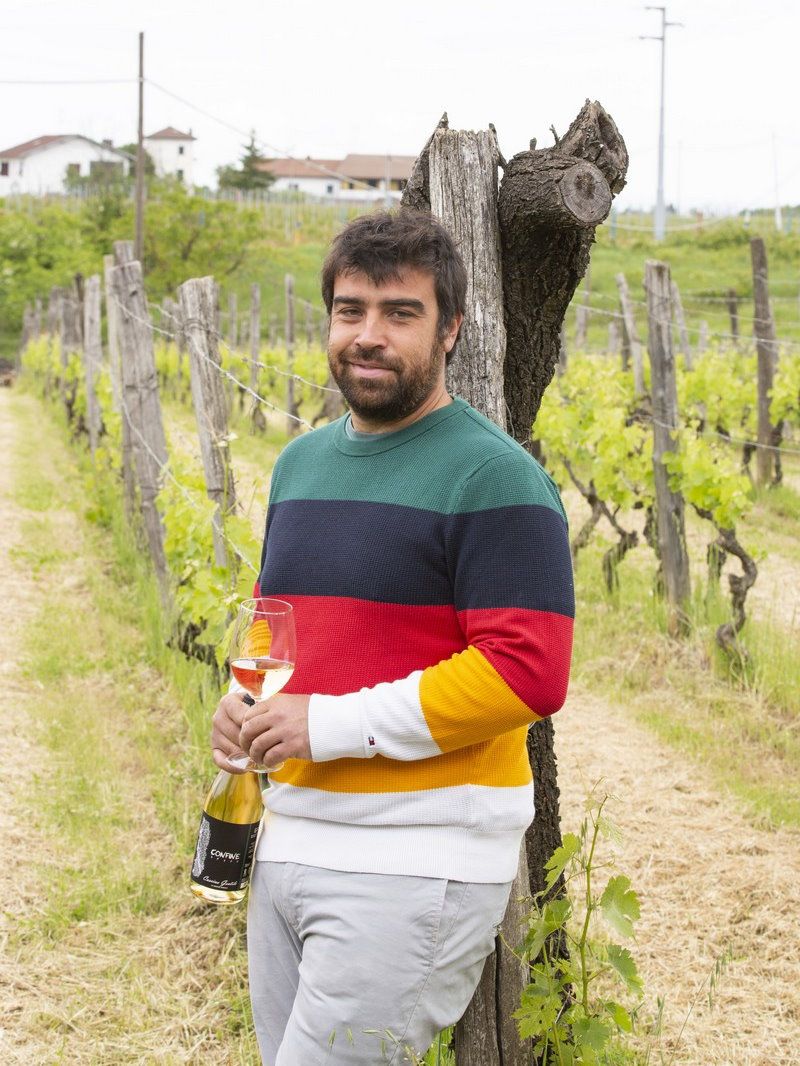
My Family
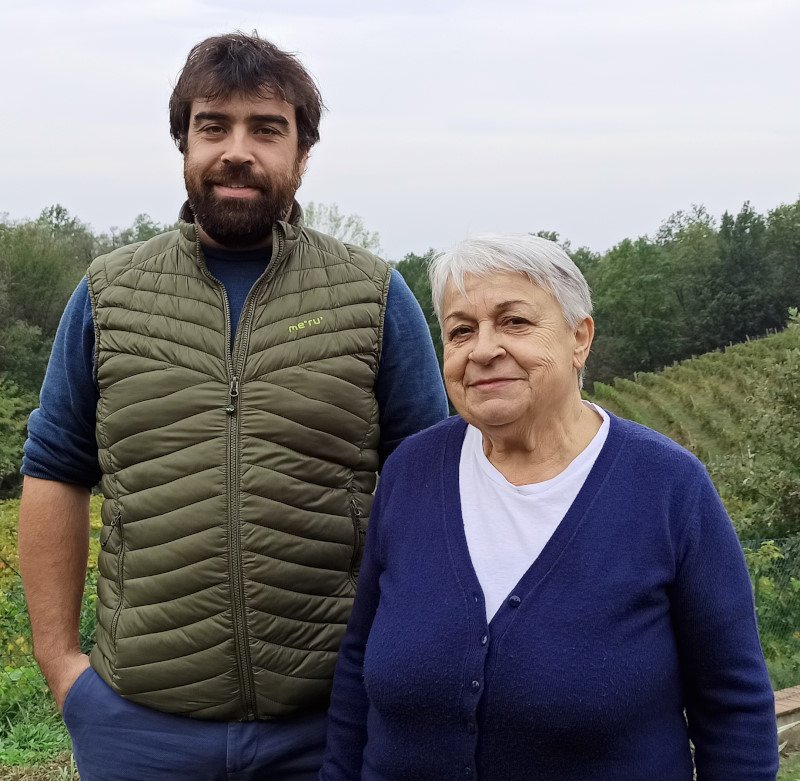
History

It was the 1960s when my grandfather Giovanni, born in 1909, who had always been a farmer, began to specialize in grapes by planting the first vines and building the house and barn where the winery stands today. In the mid-1970s he built the winery and began selling wine in bulk, while the first bottles would come out in 1982.
In 1984 my grandfather passed away and the management passed to my uncle Giuseppe until 2009 when I took over. Until then three wines were produced: a Cortese, a Dolcetto and a Barbera.
The company and the territory
We are in Piedmont, in Alto Monferrato on the border with the province of Genoa.
This territory has always been disputed between the Houses of Genoa and the Marquises of Monferrato. Viticulture in these areas has very ancient origins, already the Greek historian and geographer Strabo, who lived between 60 B.C. and 20 A.D. described it this way: “The goodness of the places is shown by the density of the population and the size of the cities and the wealth; reason why the Romans of this region are superior to all the rest of Italy. The cultivated land yields many and varied products…The abundance of wine is indicated by the barrels made of wood and larger than houses”.
Geographically, the vineyards and the winery stand on a plateau, and the conformation of the land is typical of the Ligurian Apennines, which collide with the Po Valley, causing steep gradients and very steep hills.
The soils are not very fertile and rich in structure.
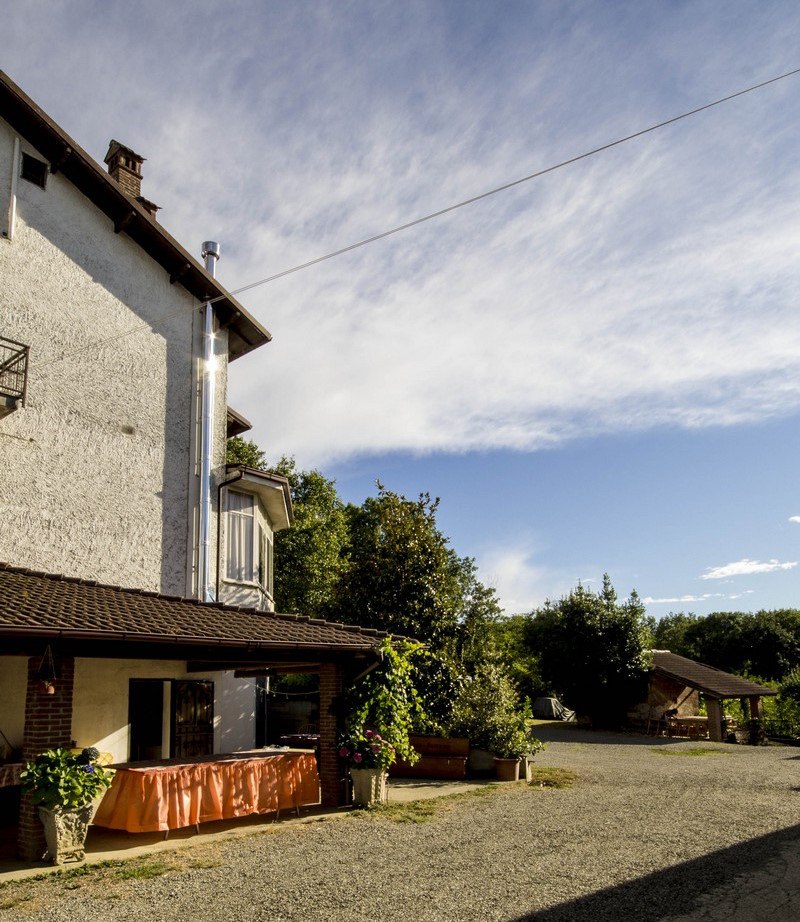
The environment of the production area

The microclimate is characterized by cold winters and very hot and dry summers. The proximity of the sea is felt, especially because of the dry and warm wind. The soil is clayey with a good portion of silt, rich in structure. As an altitude we are about 250m asl, the vines extend on a plateau that goes from Capriata d’Orba to San Cristoforo and from the sides descends on one side towards Francavilla Bisio, Gavi and Lemme River and on the other towards the Orba River.
My producer values
My family has been making wine for more than 50 years, and I was born and I lived among vineyards and barrels; by studying, I was able to give an explanation to what I saw being done in the winery and in the vineyards, and I acquired the ability to choose what is right and what is not. I strongly believe that unity and sharing among producers is the only way to give dignity to a wine territory.
The doors of my winery are always open and I invite everyone to come and see for themselves what I do. Making wine is not just about producing a consumer good, because in every glass you have to feel the commitment and effort it takes to get to that result.
